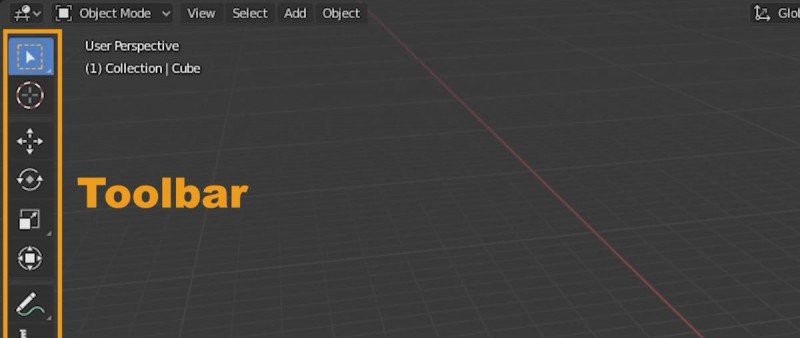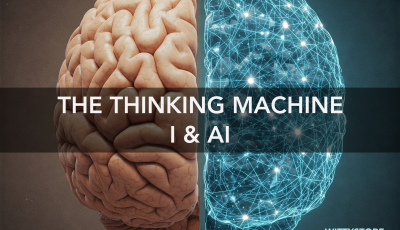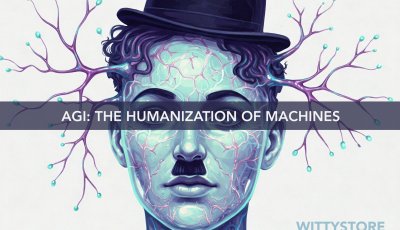Latest Blogs
Toolbar arrangement in Blender 4.5
The toolbar in Blender is an essential component that houses a range of tools specific to each editor mode. Its strategic arrangement can greatly enhance workflow efficiency and make navigation more intuitive. In this article, we will delve into the various options for arranging the Blender toolbar and provide insights on choosing the optimal configuration based on your needs.
How to Change Editor Type in Blender 2.8x and 4.x: A Step-by-Step Guide
Blender is a powerful 3D modeling, animation, and visual effects software that offers a variety of editors for manipulating different aspects of your projects. In this article, we will walk you through the process of changing the editor type in Blender 2.8x and 4.x versions, allowing you to customize your workspace according to your specific needs.
Artificial Cinema
With the spread and continuous development of increasingly complex and efficient artificial intelligence models for the production of images, sounds and videos, it almost feels as if machines have become magical entities, able to grant the wishes of even the most demanding director in the blink of an eye.
Will Digital Minds Replace Us? Geoffrey Hinton Thinks So
During a remarkable conference in Oxford, Professor Geoffrey Hinton – known as the "Godfather of Deep Learning" – didn’t mince his words: digital intelligence may soon outpace us and catch us off guard. It learns faster than we do, forgets almost nothing, and can replicate itself endlessly with a single click.
The thinking machine: I and AI
“Ego cogito, ergo sum, sive existo”.
"I think, therefore I am, or rather, I exist".
With these words, René Descartes(1) drew a boundary between being and illusion. To think was to prove one’s existence. The self, in this logic, was not the body, nor the voice, nor the action, but the thinker behind them. It was this inner witness, this private certainty, that constituted the essence of being human.
The Paradox of AI: From the Automation of Humans to the Anthropomorphization of Machines
For centuries, we’ve asked humans to become machines. Now, we’re asking machines to become human.
This is the paradox of artificial intelligence: after pushing people toward extreme specialization, today we’re designing algorithms that can do everything.
After locking individuals into increasingly rigid roles, we aspire to create machines that are flexible, curious, and versatile. In other words, intelligent.











